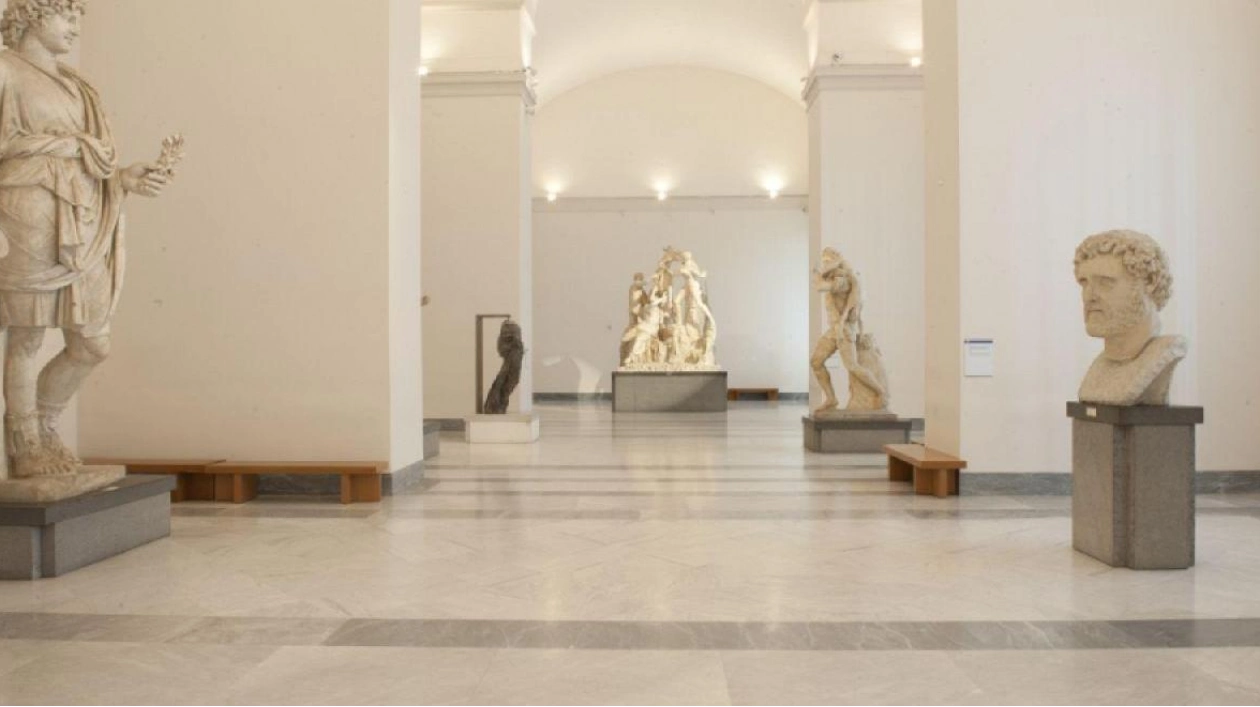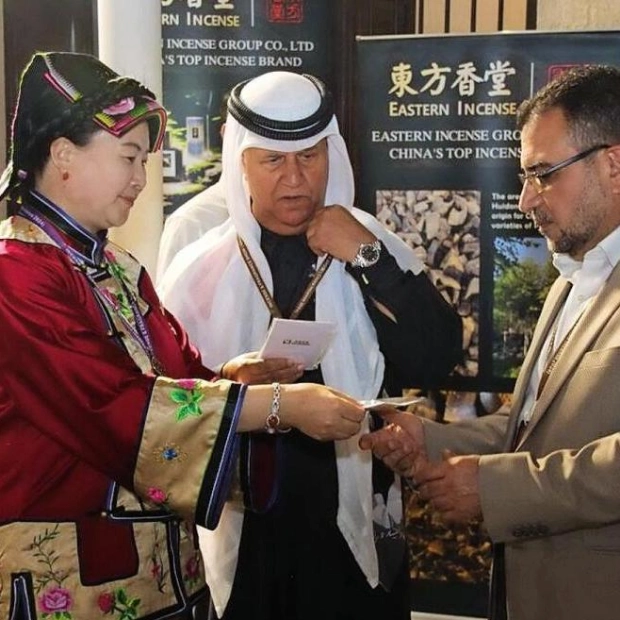A monumental new museum space dedicated to Pompeii artefacts is currently being constructed in Naples. MANN 2 will serve as an extension of the city's Museo Archeologico Nazionale di Napoli (MANN), which boasts the world's largest collection of classical archaeology. The new facility will be housed within the Real Albergo dei Poveri, an unfinished 18th-century complex located approximately 1.8 kilometers from MANN. Renowned for having the longest building facade in Europe, the Real Albergo will offer 10,000 m² of exhibition space for MANN 2. The Italian Culture Ministry has allocated €148 million for this project, with an anticipated public opening in 2026. This new museum is integral to a broader regeneration initiative aimed at boosting tourism in southern Italy. MANN, established in 1777, has faced challenges in showcasing its extensive collection due to limited exhibition space and funding constraints. MANN 2 aims to highlight the depth of the museum's holdings. According to MANN director Paolo Giulierini, the new branch is "an epochal urban regeneration project that will leave its mark on Naples." Construction has commenced on the Real Albergo dei Poveri, originally commissioned by Charles III of Bourbon, the first king of Naples. Designed by architect Ferdinando Fuga in 1751, the building's iconic 400-meter-long facade is a testament to its grandeur. Once a prison, the complex has been abandoned for years and fallen into disrepair. MANN holds the world's largest collection of Pompeii artefacts, including approximately 40,000 items such as gold jewelry and a renowned statue of the god Pan engaged in an act of bestiality. However, most of these items remain in storage due to insufficient display space. MANN 2 will feature objects from the collection of Francesco Santangelo, an 18th-century Neapolitan aristocrat and politician who amassed Italy's most extensive collection of Pompeii and Vesuvian artefacts. According to Massimo Osanna, Italy's director of state museums, "In Palazzo Fuga, we do not aim to replicate a collection already well-represented in MANN. Instead, we will create a space dedicated to the history of the rediscovery of the Vesuvian sites through artefacts, reconstructions, panels, and multimedia support." The exhibition will commence with a digital recreation of the eruption to illustrate its profound impact on the Campanian landscape. "In adjacent rooms, we will display actual eruptive materials like piles of lapilli, emphasizing the second life of Pompeii, the hidden and underground one, that of the lootings," Osanna added. Visitors will then proceed through a multimedia reconstruction of one of the first excavation tunnels. Entire buildings, including the House of the Citharist, the House of the Tragic Poet, and the Temple of Isis, will be reconstructed. The museum will also honor notable archaeologists such as Giuseppe Fiorelli, Vittorio Spinazzola, and Amedeo Maiuri. Additional areas of the expansive space will be designated for teaching rooms, accommodation for the University of Naples Federico II, and supplementary space for the city's National Library.
Source link: https://www.euronews.com






